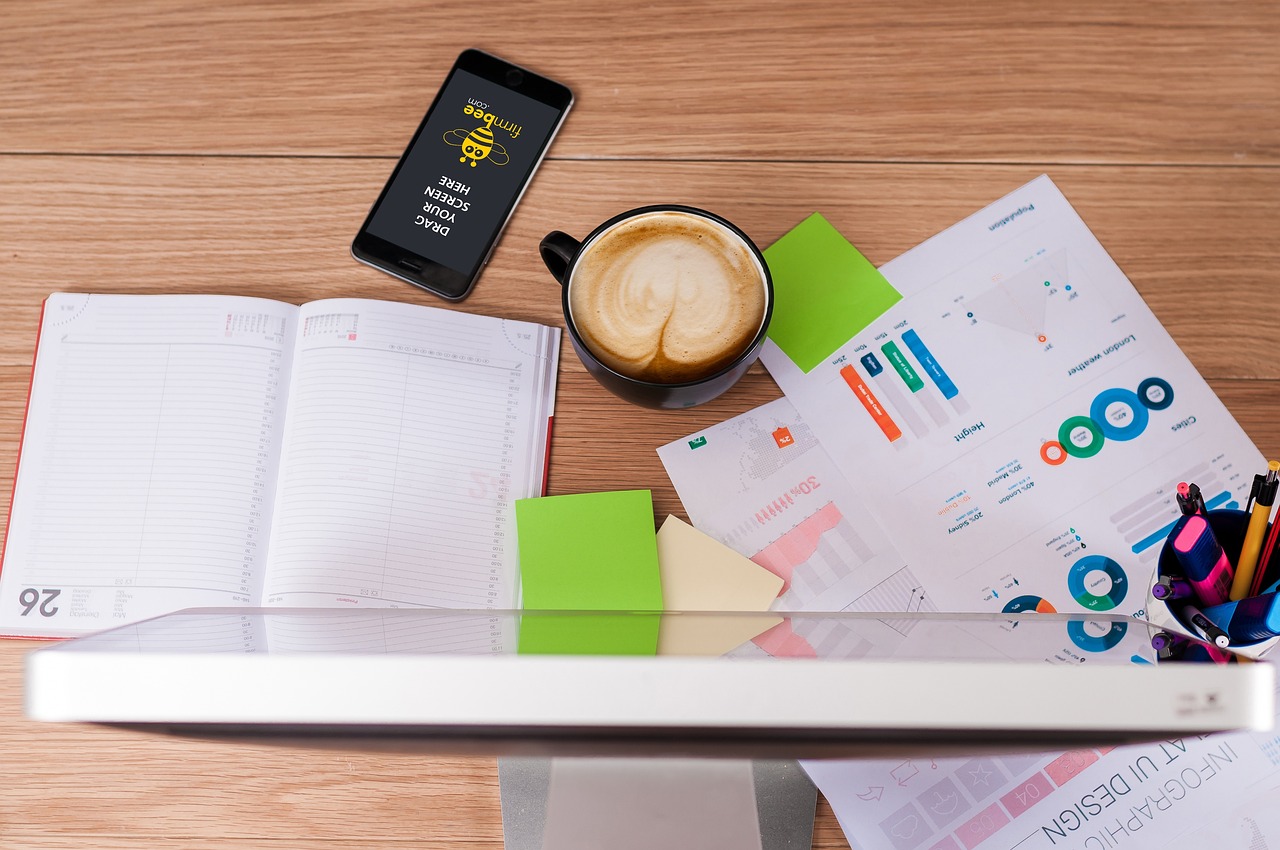Are you considering developing a mobile app, but wondering whether to target phones, tablets, or both? While phones are the more common platform, tablets offer a larger canvas for designers and developers to work with. However, designing for tablets requires a different approach than designing for phones.
In this post, we’ll explore the differences between phone apps and tablet apps, and give you some tips for designing apps that work well on both platforms. So, grab your favorite device and let’s dive in!
Size Matters: Why Tablets are the Bigger Fish in the Pond
When it comes to mobile app development, one of the biggest decisions you’ll make is whether to design for phones, tablets, or both.
While phone apps are ubiquitous, tablets offer a larger canvas for designers and developers to work with. So, what’s the difference between phone apps and tablet apps? Let’s dive in and find out.
The Great Touchscreen Debate: Tablets vs. Phones
One of the most noticeable differences between phone apps and tablet apps is the way they handle touch interactions.
On a tablet, you have more screen real estate to work with, which can make touch interactions feel more natural and intuitive.
Swiping, pinching, and tapping become more precise and easier to execute.
On a phone, however, the smaller screen size can make touch interactions less accurate, requiring designers and developers to optimize their apps for more precise touch input.
Multitasking: Can Your App Keep Up with the Tablet Crowd?
Tablets are often used in a more desktop-like manner, with users running multiple apps at once and switching between them as needed.
This requires tablet apps to be designed to work well in a multitasking environment, with the ability to run in the background and respond to user input even when they’re not the active app.
Phone apps, on the other hand, need to be more focused and streamlined, with the ability to quickly switch between apps and perform tasks on the go.
So, if you’re designing for a tablet, make sure your app can keep up with the multitasking crowd.
Orientation Nation: How to Make Your App Stand Up…and Lie Down
Another consideration when designing for tablets is orientation. Tablets can be used in both portrait and landscape modes, which presents a unique challenge for app designers.
Tablet apps must be designed to work well in both orientations, with UI elements that adapt to the screen size and orientation.
Phone apps, on the other hand, are generally used in portrait mode, with users holding the phone vertically.
This means that phone apps need to be optimized for portrait mode, with UI elements that make sense for a vertical screen.
So, there you have it. The differences between phone apps and tablet apps are significant and should be carefully considered when designing an app.
At Invision, we have experience designing and developing custom mobile apps for both phone and tablet platforms.
Our team of experts can help you navigate the differences and create a professional, functional, and yes, even funny app that meets your needs and delights your users.
Contact us today to get started on your next app development project!





 Case studies
Case studies Career
Career